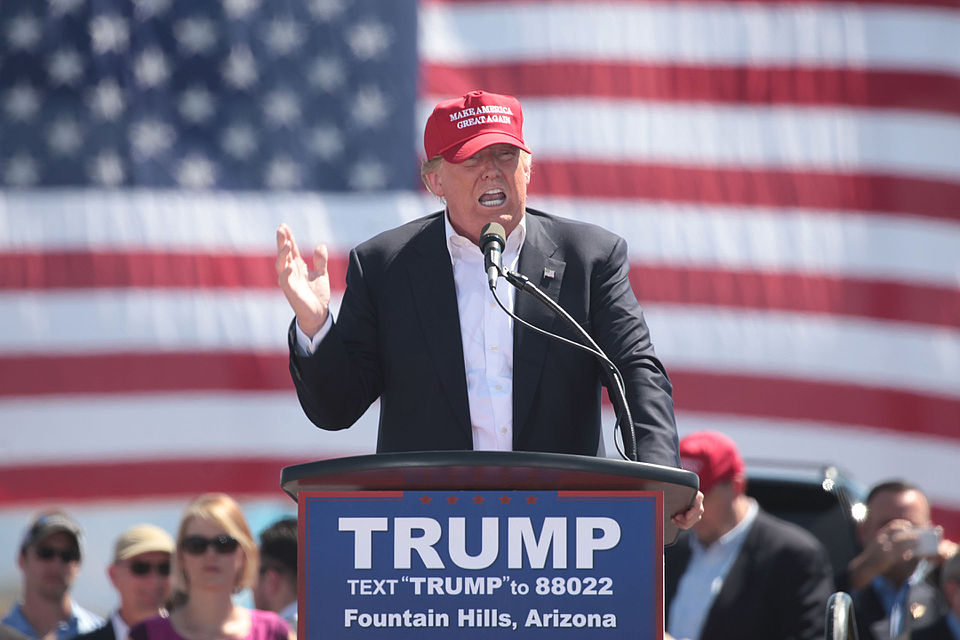
On April 3, 2025, The Daily Pennsylvanian published an article, written by “Staff Reporters” Ayana Chari and Anvi Seghal, that compiled changes at Penn in response to Federal mandates since Donald Trump Wh’68 again became President.
The information in this article comes from the analysis referenced above.
Diversity, Equity, Inclusion (DEI)
“On his first day back in office, Trump signed an executive order mandating all federally funded universities to eliminate programs centered around diversity, equity, and inclusion that could be in violation of federal civil rights laws. In response, Penn quietly revised long-standing University policies and began implementing widespread changes to its DEI initiatives.”
Starting February 6, 2025, Penn began to shut down offices, initiatives, web pages, and courses relating to DEI. Four days later, Penn stated its intention to revise non-discriminatory and affirmative action policies in a manner that was to be compliant with Trump’s executive order.
Any references to the words “diversity, equity, and inclusion” were removed from websites. Penn’s central “Diversity and Inclusion” website was renamed “Belonging at Penn”. The content of the website that was specific as to how Penn was to promote diversity and inclusion on campus was replaced by a “three-sentence statement affirming Penn’s commitment to equal opportunity”. By February 26, 2025, all references using these three words were deleted, including a renaming and revision of job titles. Wharton courses that the curriculum was centered on DEI were renamed “leading across differences”.
Whether Penn was compliant with the Federal mandate by removing three words from its vocabulary, calling it something else, and continuing to teach and employ DEI tactics and conduct, will play out. In Penn President Larry Jameson’s own words, “The future of higher education may alter dramatically dependent on how courts rule, how agencies implement new policies, and how future orders and legislation are enacted”.
Federal Funding
According to journalists Chari and Seghal:
- In February, “the Senate Commerce Committee flagged 15 Penn research grants totaling nearly $11 million alleging the research promoted DEI.
- In March, Trump closed the federal Institute of Museum and Library Services which gave Penn $1 million in 2024.
- On March 19, “the Trump administration froze over $175 million in federal funding from the Department of Health and Human Services and the Department of Defense. The White House attributed the decision to Penn’s failure to bar transgender athletes from women’s sports.”
- “In a March 25 email, Jameson wrote that faculty across seven of Penn’s schools received ‘stop work orders’ notifying them that their federally contracted research was halted.”
- On March 20, 2025, “three Penn research projects funded by NIH were terminated. In the termination letters, NIH wrote that the awards were ‘incompatible with agency priorities, and no modification of the project could align the project with agency priorities.’ ’’
- “On February 7, a directive from the NIH capped ‘indirect costs’ -which provide funding for overhead research costs such as lab spaces and support staff – at 15%. The proposed funding cuts jeopardized $240 million for the University. According to an email from Jameson.” The Penn administration later revised the loss to be $170.9 million for the remainder of the 2025 calendar year.
The funding cuts have been delayed due to litigation initiated by Penn and other schools. In the interim, Penn is preparing for the drop in funding by reducing student admissions on graduate school programs. In addition, other financial changes are being implemented by Penn including a hiring freeze and a review of capital spending.
Editor’s notes: The financial harm due to Trump mandates is small compared to what is happening at Harvard. Harvard has estimated the loss of federal funding is approximately $2.5 billion. Harvard has filed a lawsuit claiming that their funding should not be ended because of the terrible loss it would mean to health of the public and the economy. Of course, Harvard and Penn cutbacks are not necessary. Penn can easily compensate for the loss of funding by using its $23 billion endowment. Harvard’s endowment is about $53.2 billion. Penn and Harvard contend that the research done by their institutions is vital to the welfare of the United States and the American public. Apparently, only if paid for by someone else.
The big blow for Penn will come if Penn is unable to convince Federal authorities that antisemitism on Penn’s campus has been addressed so that Jewish students feel safe walking on campus. Will Penn’s creation of committees and its lip service regarding preventing antisemitism on campus be considered sufficient? If not, Penn could be declassified as an educational institution and thus lose its tax-exempt status.
In the same issue of The Daily Pennsylvanian that the Chari and Seghal article appeared, another article written by Christine Oh appeared. Oh’s article concerned a protest march on campus. She writes that around 75 pro-Palestinian protestors were in the demonstration and that, as they arrived near Hillel, they were chanting “F**k Penn” and “F**k Hillel”.
Editor’s notes, part 2: A few days after the above article was written, an article appeared in the April 27, 2025, issue of The New York Times. It was headlined “Where should Harvard’s $53.2 billion endowment go?” and was written by Ginia Bellafante. Journalist Bellafante mentions that Penn’s endowment is 3. 5 times larger than the Municipal budget of Philadelphia. Immediately following this mention, Bellafante writes, “If universities can claim assets like this, it can be hard to understand what keeps them from releasing funds to cover the research dollars the government is taking away”. To give you the full context in which this statement was made, Bellafante’s article gives you a lengthy history and explanation of endowments and how and why they have been treated as though they are, except for very small withdrawals, not to be depleted. However, there are usually no rules that would prevent their use to fund research projects.
